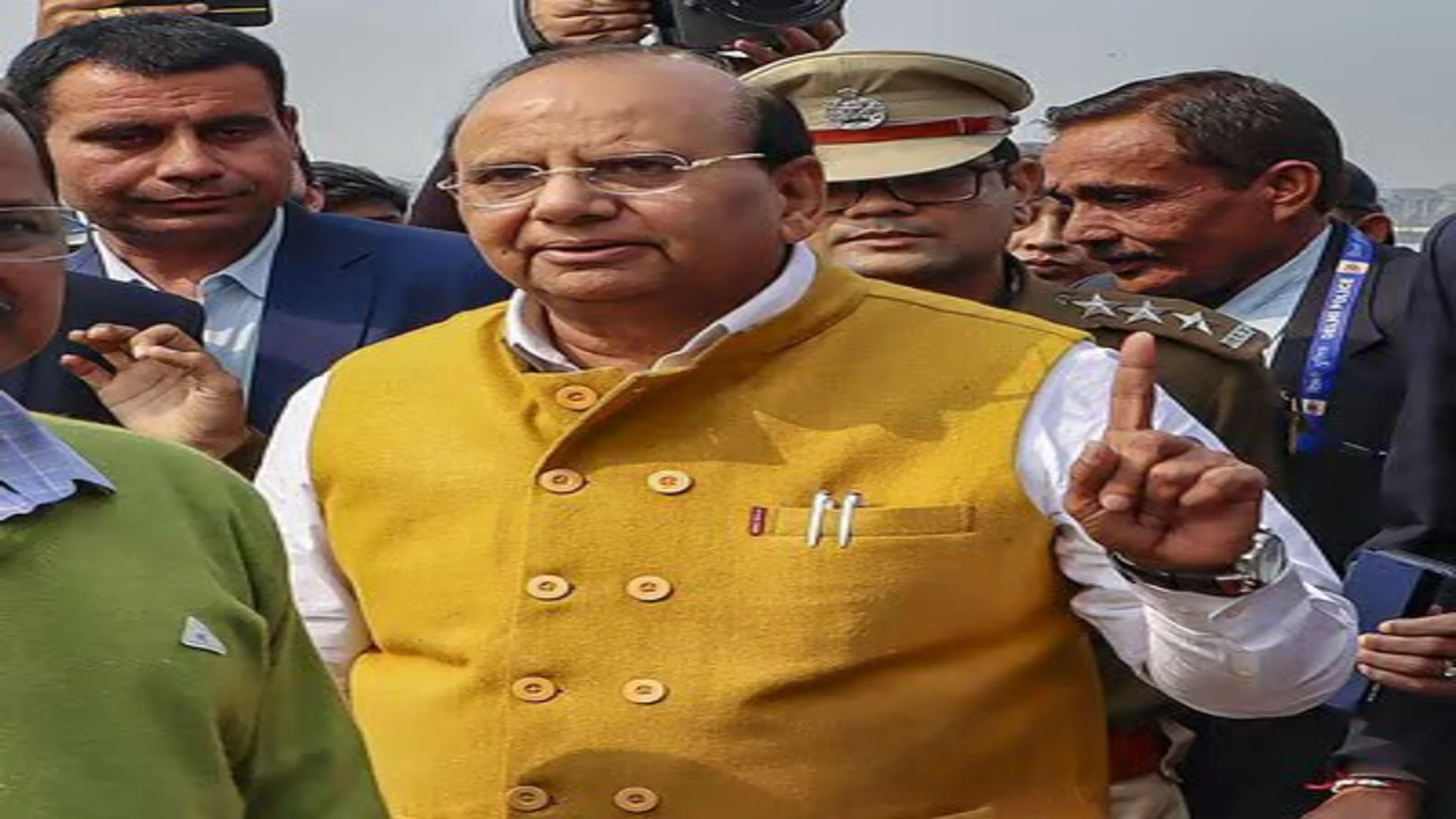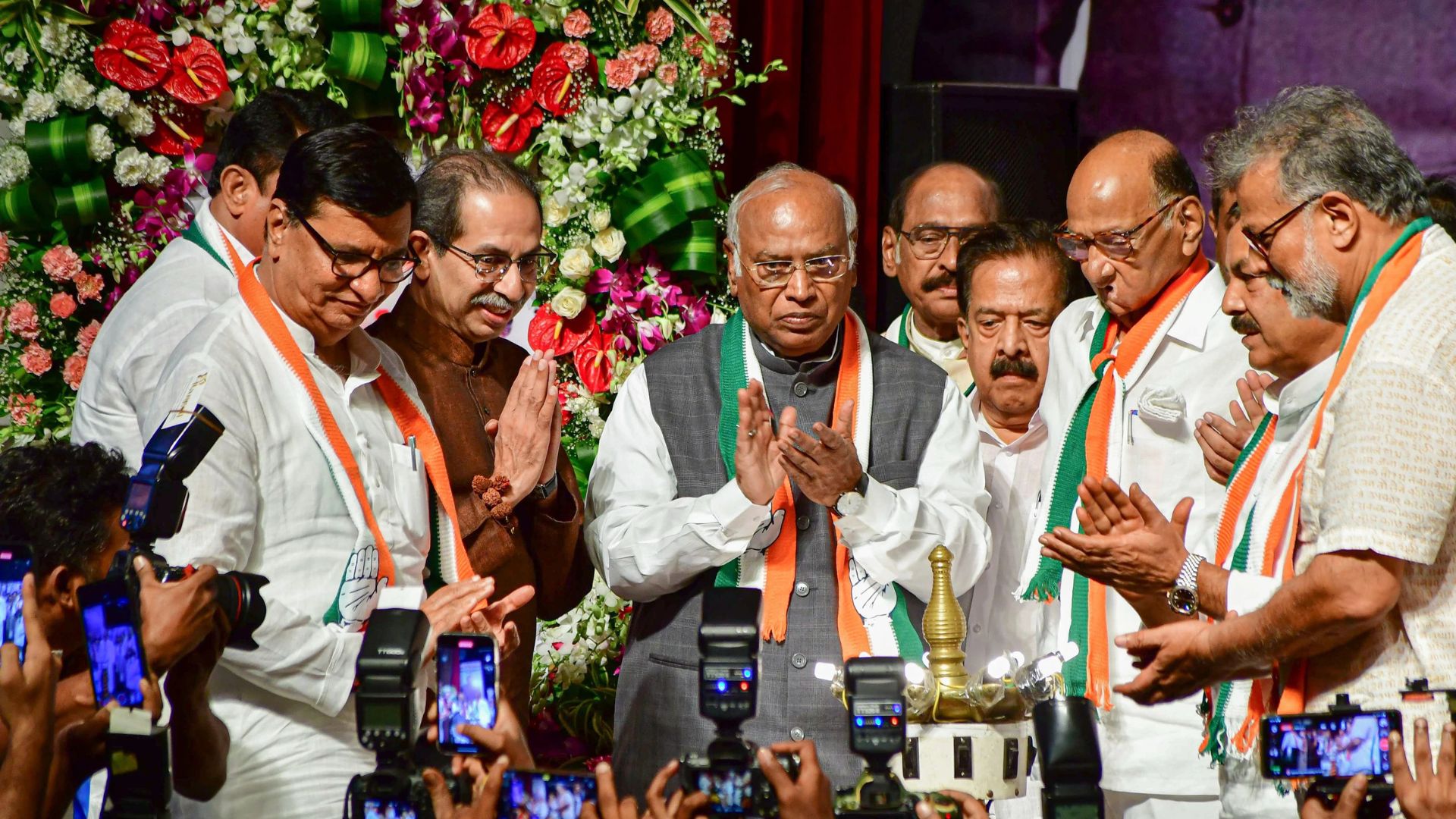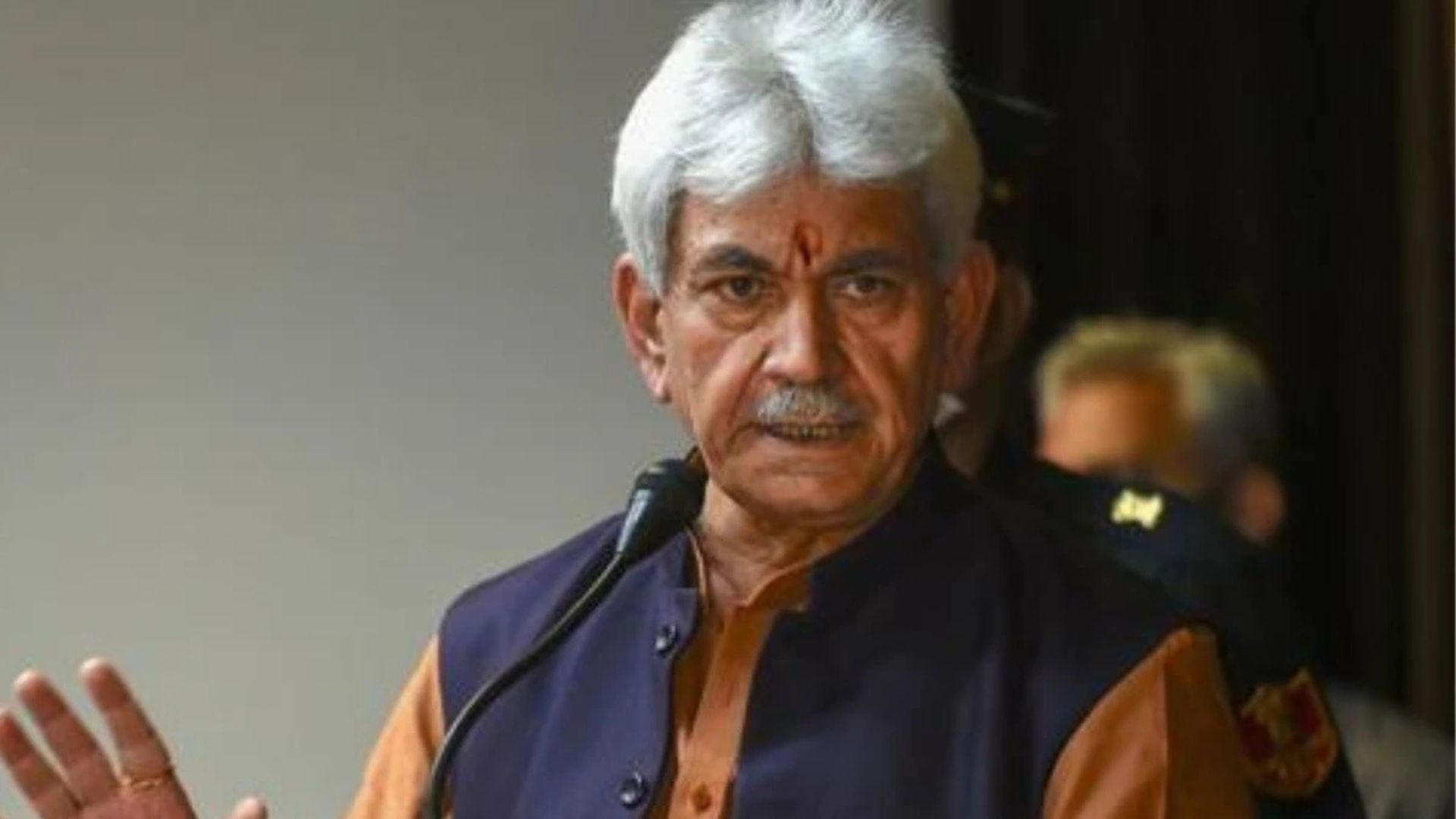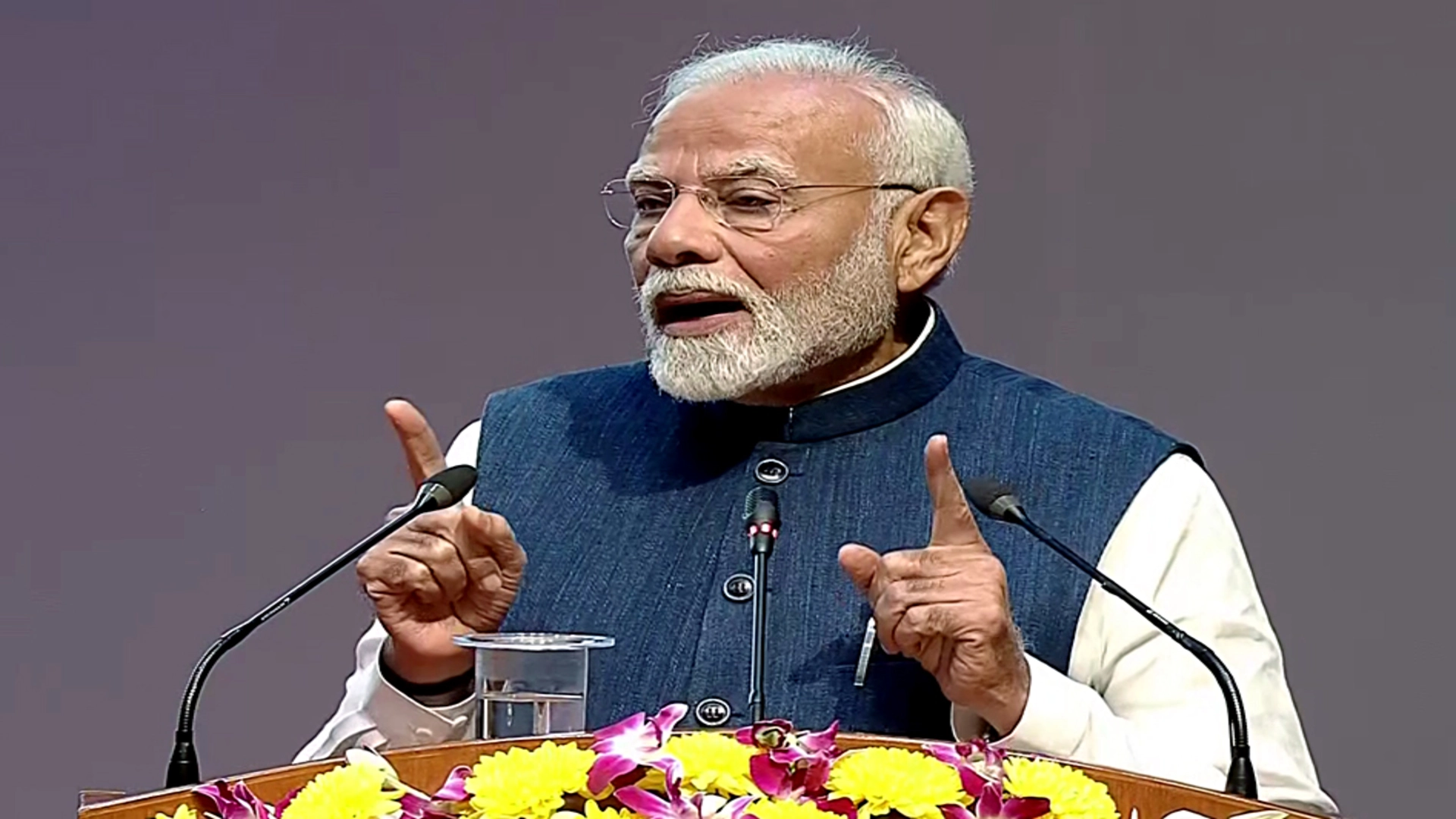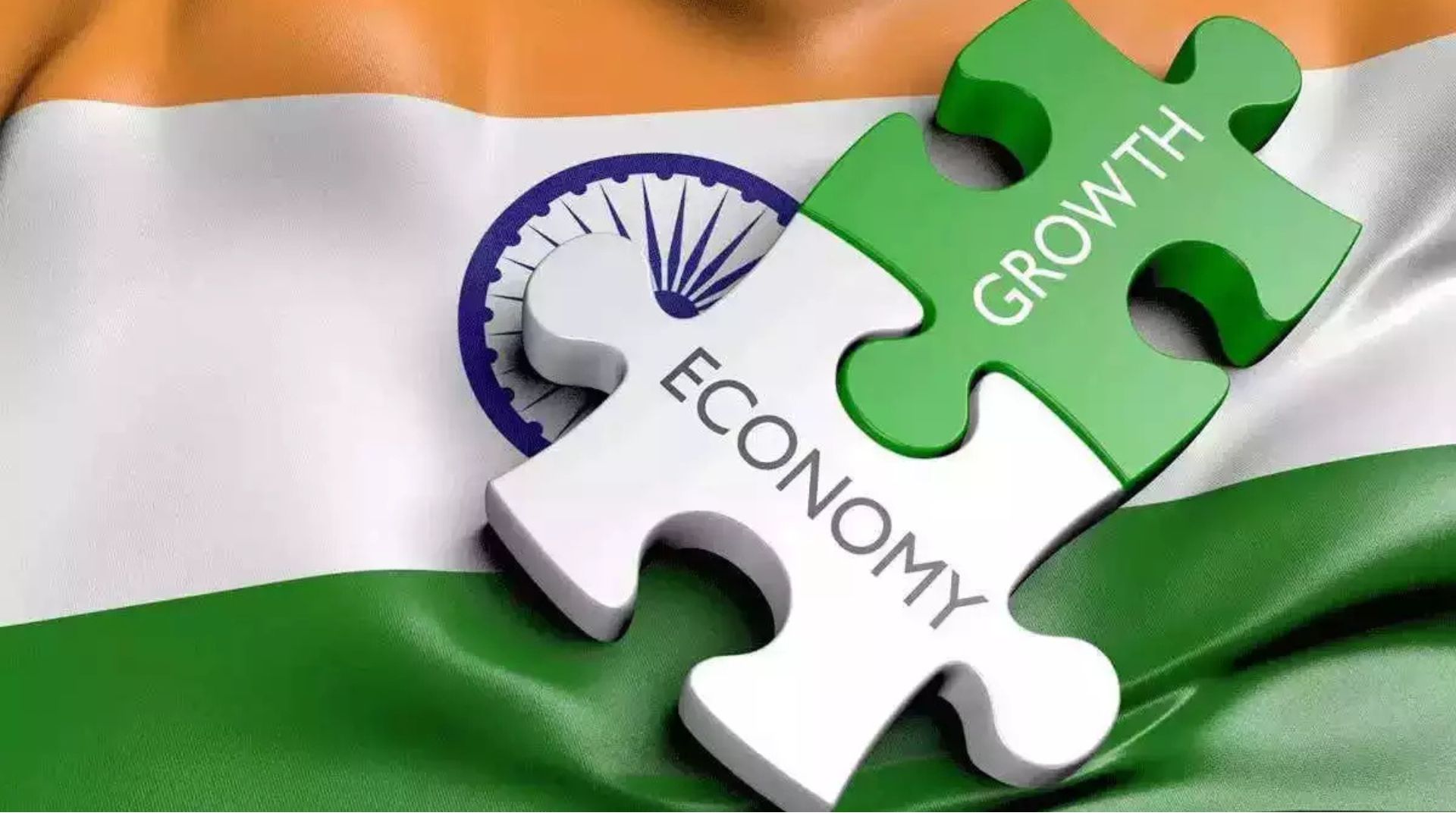
India’s manufacturing and services sectors are projected to play a pivotal role in the country’s economic transformation, employing 67% of the workforce and contributing over 75% to the Gross Domestic Product (GDP) by 2047, according to a recent report by ASSOCHAM and Egrow.
The report highlights significant opportunities for businesses within manufacturing, services, and Micro, Small, and Medium Enterprises (MSMEs). India’s nominal GDP is forecasted to rise from USD 3.5 trillion in 2023 to USD 22.8 trillion by 2047, with an annual growth rate of 7.5%. The services sector is expected to dominate this growth, increasing its contribution to GDP from 54.2% in 2023 to 60% by 2047.
Manufacturing is anticipated to experience modest growth, accounting for 18% of GDP, while agriculture’s share is expected to decline significantly to 10%. These projections reflect India’s ongoing transition from an agriculture-based economy to one driven by services and manufacturing.
Employment trends underscore this shift, with the services sector projected to employ 52.3% of the workforce by 2047, compared to just 24.3% in 2000. Conversely, agriculture’s share of employment is expected to plummet from 59.4% to 22%. Manufacturing employment is predicted to rise from 10.9% in 2023 to 15% by 2047, indicating substantial opportunities for businesses in industrial growth and technology-driven production.
MSMEs, which currently contribute 30% to GDP and 45% to exports, hold immense potential for growth through formalization, technology adoption, and productivity enhancements. The government’s focus on formalizing this sector creates opportunities in financial services, skill development, and technological integration.
Foreign Direct Investment (FDI) is anticipated to play a crucial role in India’s economic transformation. With the government prioritizing gross fixed capital investment, the continuation of business-friendly policies and incentives is expected to attract foreign investors.
For businesses, this translates to expanding opportunities in high-tech manufacturing, exports, and services. India’s workforce is set to grow significantly, with employment projected to reach 76.9 crore by 2047, supported by a working-age population of 118.4 crore.
This vast labor pool presents a strategic advantage, but ensuring its readiness for evolving industry needs will require substantial investment in skill development. Businesses are encouraged to contribute to training and upskilling initiatives, preparing the workforce for emerging opportunities in technology-driven industries.
As India aims to achieve a per capita income of USD 14,000 by 2047, the path forward will involve balancing economic growth with inclusivity and sustainability.

